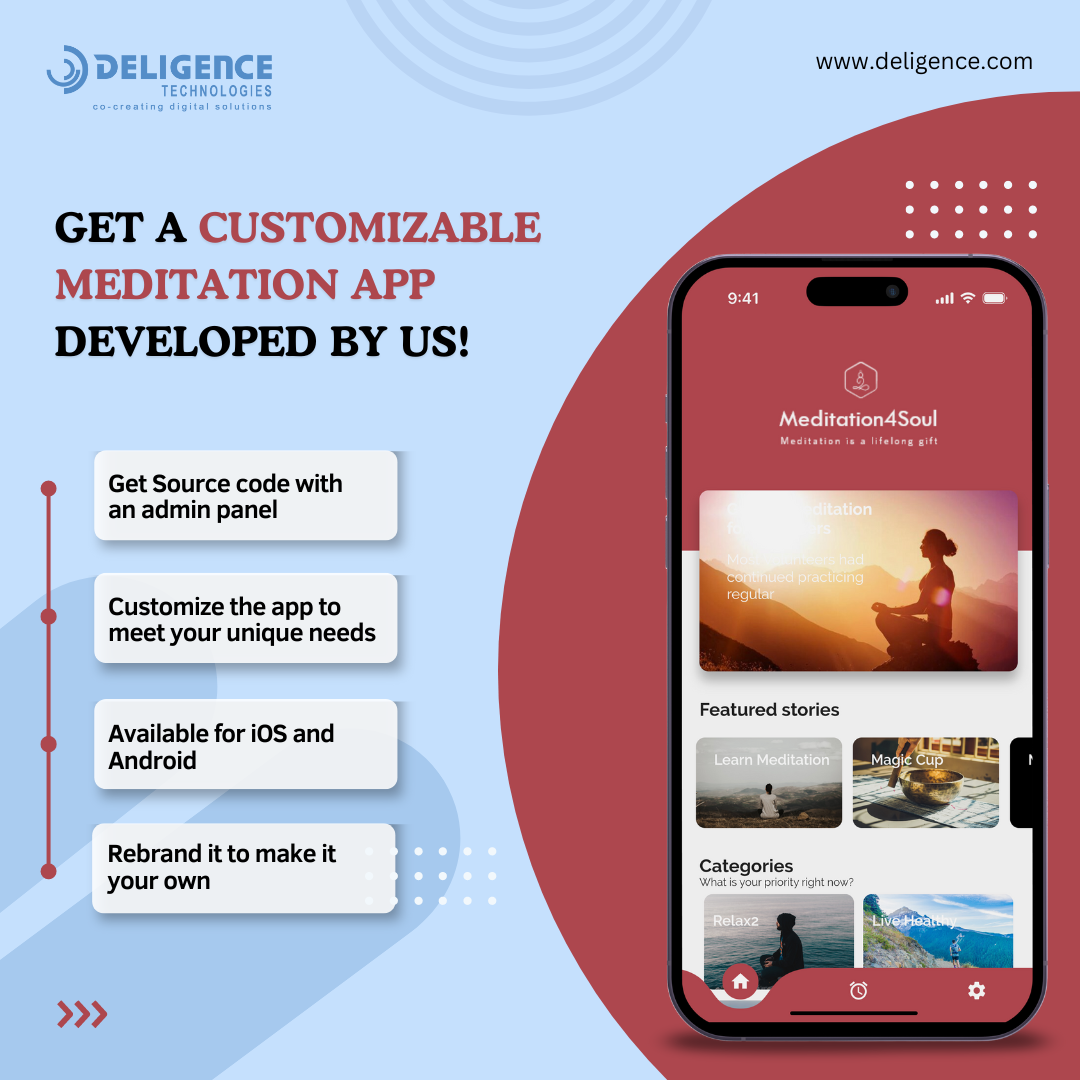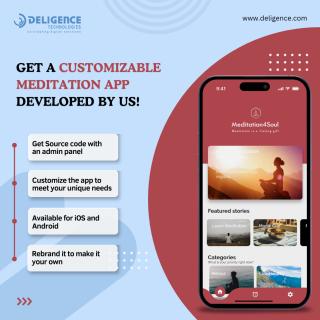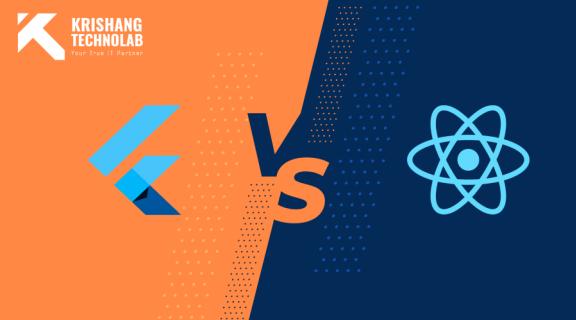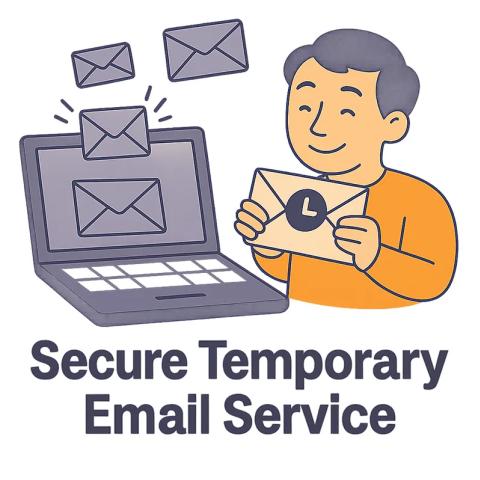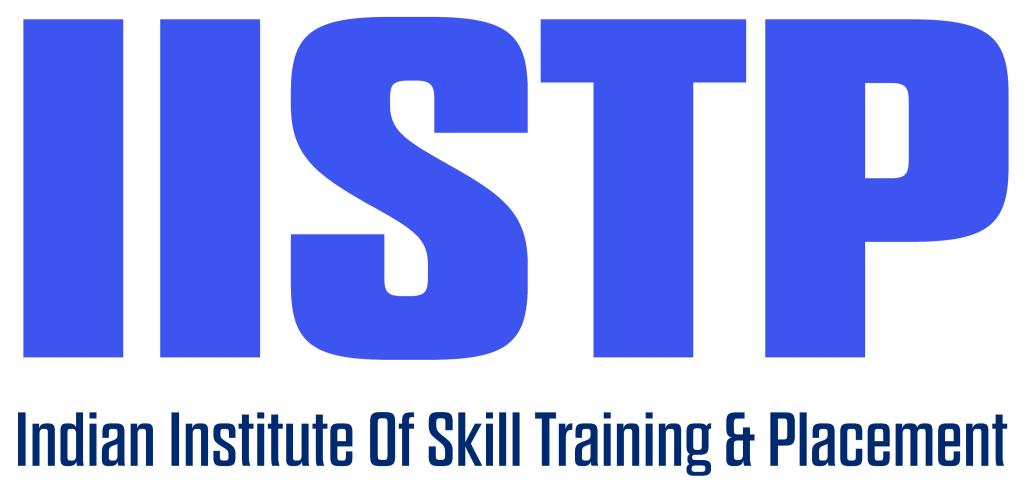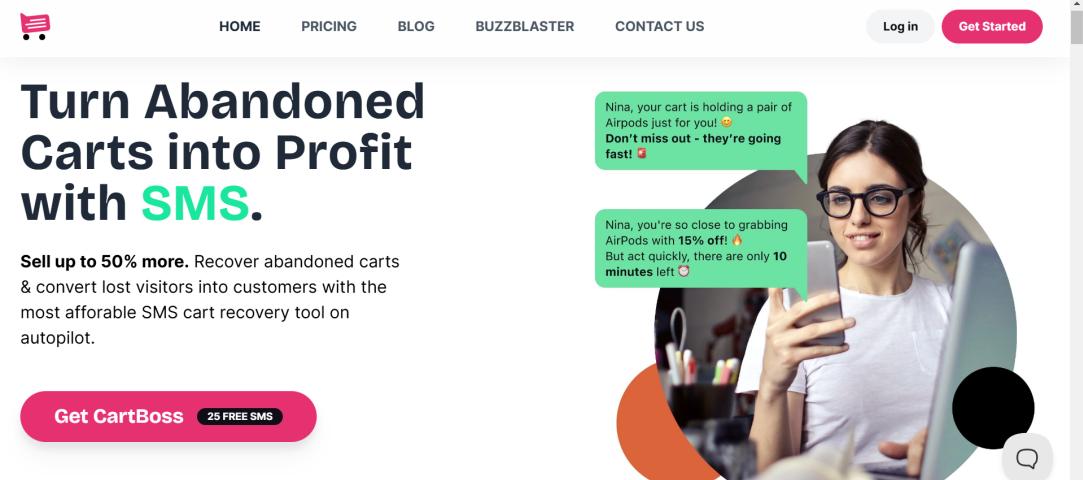In today’s fast-paced world, mental well-being has become a primary concern for many. With increasing stress levels and a desire for better mental health, meditation apps are gaining immense popularity. This article will delve into the nuances of meditation app development, specifically using Flutter, a powerful UI toolkit by Google. Whether you're a developer looking to create a meditation app or a business owner exploring new opportunities, this guide will provide you with the essential insights needed to embark on this journey.
Table of Contents
- Introduction to Meditation Apps
- Why Meditation Apps Are Popular
- Benefits of Developing a Meditation App
- Introduction to Flutter
- Why Choose Flutter for Meditation App Development
- Key Features of a Successful Meditation App
- Planning Your Meditation App
- Designing the User Interface
- Developing the Core Functionality
- Integrating Audio and Video Content
- User Authentication and Personalization
- Implementing In-App Purchases and Subscriptions
- Ensuring Data Security and Privacy
- Testing Your Meditation App
- Launching and Marketing Your Meditation App
Meditation apps are digital platforms designed to guide users through meditation practices. These apps typically offer guided meditations, mindfulness exercises, breathing techniques, and relaxation music, among other features. The goal is to help users achieve a state of calm, reduce stress, improve focus, and enhance overall well-being.
2. Why Meditation Apps Are Popular
The popularity of meditation apps can be attributed to several factors:
- Convenience: Users can meditate anytime, anywhere.
- Variety: A wide range of meditation styles and techniques are available.
- Guidance: Beginners receive structured guidance, making meditation more accessible.
- Personalization: Apps can tailor sessions to individual needs and preferences.
3. Benefits of Developing a Meditation App
Developing a meditation app offers numerous benefits:
- High Demand: The growing interest in mental health and wellness.
- Recurring Revenue: Through subscriptions and in-app purchases.
- Positive Impact: Contributing to the well-being of users.
- Scalability: Potential to reach a global audience.
4. Introduction to Flutter
Flutter is an open-source UI software development kit (SDK) created by Google. It is used to develop cross-platform applications for Android, iOS, Linux, macOS, Windows, Google Fuchsia, and the web from a single codebase.
5. Why Choose Flutter for Meditation App Development
Flutter offers several advantages for meditation app development:
- Cross-Platform Development: Write once, run anywhere.
- Fast Development: Hot reload feature speeds up development.
- Expressive UI: Rich set of customizable widgets.
- Performance: Native-like performance.
6. Key Features of a Successful Meditation App
To stand out in the competitive market, a meditation app should include the following features:
- Guided Meditations: Sessions led by experienced practitioners.
- Customization: Tailored experiences based on user preferences.
- Progress Tracking: Track meditation habits and progress.
- Reminders: Notifications to encourage regular practice.
- Offline Access: Download sessions for offline use.
- Community Features: Connect with other users for support.
7. Planning Your Meditation App
Effective planning is crucial for the success of your meditation app. Consider the following steps:
- Market Research: Understand your target audience and competitors.
- Define Features: Outline the core features and functionalities.
- Monetization Strategy: Decide on a revenue model (e.g., freemium, subscription).
- Project Timeline: Set milestones and deadlines.
8. Designing the User Interface
A user-friendly interface is essential for a meditation app. Focus on:
- Simplicity: Clean and intuitive design.
- Accessibility: Ensure the app is accessible to all users.
- Visual Appeal: Use calming colors and soothing graphics.
- Navigation: Easy navigation with clear labels and icons.
9. Developing the Core Functionality
Core functionalities of a meditation app include:
- Meditation Sessions: Implement guided sessions, timers, and progress indicators.
- Content Management: Organize audio and video content efficiently.
- User Profiles: Allow users to create and manage profiles.
- Settings: Options for customizing the app experience.
10. Integrating Audio and Video Content
Quality content is the heart of a meditation app. Consider:
- High-Quality Audio: Ensure clear and soothing audio for guided meditations.
- Video Integration: Include video tutorials and live sessions.
- Content Delivery Network (CDN): For smooth streaming and fast access.
11. User Authentication and Personalization
Personalization enhances user engagement. Implement:
- User Authentication: Secure login via email, social media, or third-party services.
- Personalized Recommendations: Suggest sessions based on user preferences.
- Customization Options: Allow users to set goals and preferences.
12. Implementing In-App Purchases and Subscriptions
Monetization strategies include:
- Freemium Model: Free basic features with premium content available via subscription.
- In-App Purchases: Offer one-time purchases for exclusive content.
- Subscription Plans: Monthly or yearly plans for access to all content.
13. Ensuring Data Security and Privacy
Protecting user data is paramount. Ensure:
- Data Encryption: Secure user data during transmission and storage.
- Privacy Policies: Transparent policies regarding data usage.
- Compliance: Adhere to regulations such as GDPR and CCPA.
14. Testing Your Meditation App
Thorough testing ensures a smooth user experience. Focus on:
- Functional Testing: Ensure all features work as intended.
- Performance Testing: Optimize for speed and responsiveness.
- Usability Testing: Gather feedback from real users to improve the interface.
- Security Testing: Identify and fix vulnerabilities.
15. Launching and Marketing Your Meditation App
A successful launch involves:
- App Store Optimization (ASO): Optimize your app listing for visibility.
- Marketing Campaigns: Utilize social media, influencers, and email marketing.
- User Feedback: Encourage reviews and ratings to improve the app.
- Continuous Updates: Regularly update the app with new features and content.
In conclusion, developing a flutter meditation app can be a rewarding endeavor, both financially and personally. By following this comprehensive guide, you can create a high-quality app that meets the needs of users and stands out in the competitive market. With the right planning, design, and development strategies, your meditation app can become a valuable tool for improving mental health and well-being.
